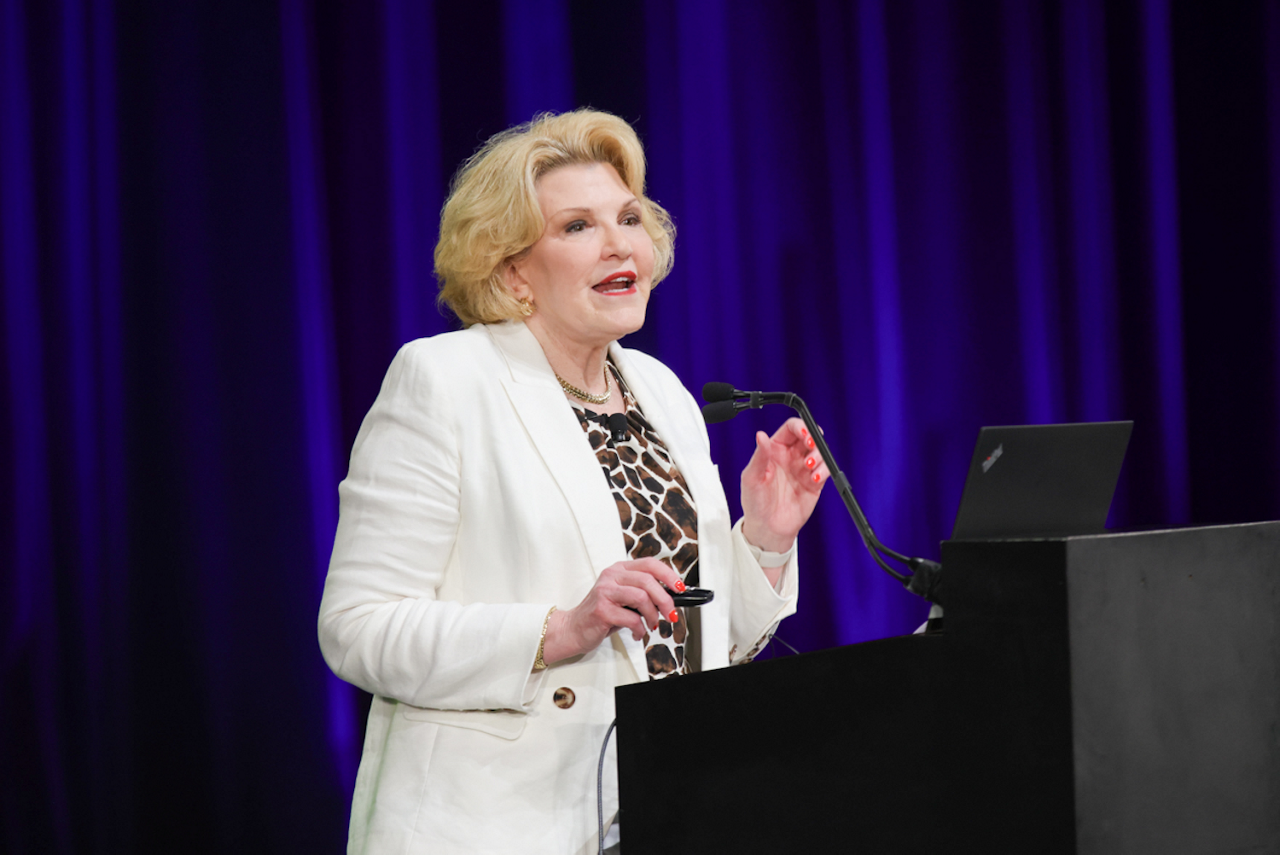Note: This article is the second in a four-part series examining the four core principles behind SHRM’s BEAM Framework: merit as the primary lens, access over identity, continuous calibration, and operationalizing inclusion.
President Donald Trump’s executive orders related to diversity, equity, and inclusion (DEI) in the workplace have jump-started discussions about when inclusion and diversity (I&D) strategies are merely performative versus when they produce tangible results.
SHRM has developed a new framework in response to these developments: Belonging Enhanced by Access Through Merit (BEAM), an alternative I&D methodology that shifts the focus from optics to outcomes. The framework outlines strategic actions HR leaders can take to align I&D initiatives with legal requirements and cultivate opportunities for all.
According to the framework, HR leaders should first evaluate whether opportunities are open to everyone, without regard to sex, race, or any other protected status, before identifying talent based on relevant qualifications including skills, proficiencies, and experience.
“Adhering to the BEAM Framework allows organizations to keep up with the shifting regulatory landscape while fostering inclusive cultures—ensuring that individuals are recognized for their performance rather than their identity,” said SHRM Chief Data & Analytics Officer Alexander Alonso, Ph.D., SHRM-SCP, during a Jan. 29 webinar.
One of the core principles of BEAM is “Access Over Identity.” SHRM recommends that organizations expand their recruitment pipelines to overlooked, nontraditional talent pools in order to open access, while practicing “blind” identity-neutral recruitment through the hiring process as far as is practicable.
Expanding Recruitment Pipelines
SHRM has long advocated for widening the aperture at the candidate sourcing stage and recruiting from underrepresented and nontraditional groups. In particular, the SHRM Foundation has supported employers in connecting with untapped talent pools, such as veterans, people with disabilities, people impacted by the justice system, and opportunity youth (young adults who are not in school or working).
By actively seeking candidates from various backgrounds and experiences, employers are privy to a richer pool of skills and perspectives.
“Innovation and decision-making are enhanced by diversity of thought, where not everyone in the room thinks the same way,” said Victoria Mattingly, an industrial-organizational psychologist and founder and CEO of Mattingly Solutions, a workplace inclusion consulting firm in Pittsburgh. “But you need to source for [diverse backgrounds] if you want the benefits of diverse teams.”
Expanding recruitment pipelines can also provide critical employment access to people who may not normally have it. “Whether it’s intentional or unintentional, some people have been overlooked,” said Brittany Boone, an industrial-organizational psychologist, diversity and inclusion expert, and senior consultant at VallotKarp Consulting in New York City.
Without access or exposure to various work opportunities, a vicious cycle begins, she added, where people assume that not having access means they are not competent.
“That is not true,” Boone said. “Even though someone doesn’t have the access or the opportunity to a certain industry, they may still have the competence to succeed in that industry.”
Repositories for diverse talent already exist, including nonprofits, professional membership organizations, community groups, and university programs. But they can’t help if employers aren’t plugged into them, Mattingly said.
Other ways to source diverse talent include:
- Broaden your job posting reach by using a wider variety of job boards and networks. Recruiters can participate in a variety of job fairs, conferences, and networking events specifically designed to connect with underrepresented talent, Boone suggested. “There are organizations or associations that serve every population,” she said. “Different schools have different identity compositions. Tap into those. The key is building relationships with these partners.”
- As a recruiter, think of yourself as more like a sales or business development representative when reaching out and building connections. “Take a data-driven approach to figure out where to get started in your local area,” Mattingly said, “and then build a relationship with those groups, the same way you would build any business relationship.”
The return on investment will come, but it can take time. “You can’t wait for the hiring need to arise before you begin establishing these pipelines,” Boone said. “That’s too late. If you’re in a hurry, you will do what has always been done and go back to the same places to recruit from.”
Practicing ‘Blind’ Hiring
One way to achieve identity-neutral practices once access has been provided is to implement “blind” hiring techniques at the earlier stages of the hiring process. That means screening candidate resumes and applications minus identifying personal information to mitigate unconscious bias and instead focusing on assessing candidates based on their skills and abilities.
Removing recruiter bias—both conscious and unconscious—gives candidates a better chance to advance based on their qualifications and experience instead of their identity characteristics.
“Blind hiring has been shown to have a positive effect—if the process is truly blind,” Mattingly said.
Typically, that means identifiers such as names, demographic information, and school affiliation are redacted. Phone screens can be done by telephone instead of video.
“At least early on, there is not any intentional or unintentional discrimination related to visible identifiers,” Mattingly said. “But eventually interactions will not be blind, and that’s where bias training comes in.”
Boone advised putting off the face-to-face interaction for as long as possible, in addition to:
- Neutralizing job descriptions from bias by distinguishing the must-have requirements from the nice-to-have criteria.
- Ensuring that interview panels are diverse.
- Using standardized interview questions and assessments.
Employers could also consider using blind recruiting technology for screening, interviewing, and assessing candidates. However, they must be aware that bias could be baked into those tools.
“Systems are only as good as people who build them,” Mattingly said. “Algorithms and tests need to be calibrated to make sure you’re not just elevating the same prototype of talent and missing out on others.”
An organization run by AI is not a futuristic concept. Such technology is already a part of many workplaces and will continue to shape the labor market and HR. Here's how employers and employees can successfully manage generative AI and other AI-powered systems.




